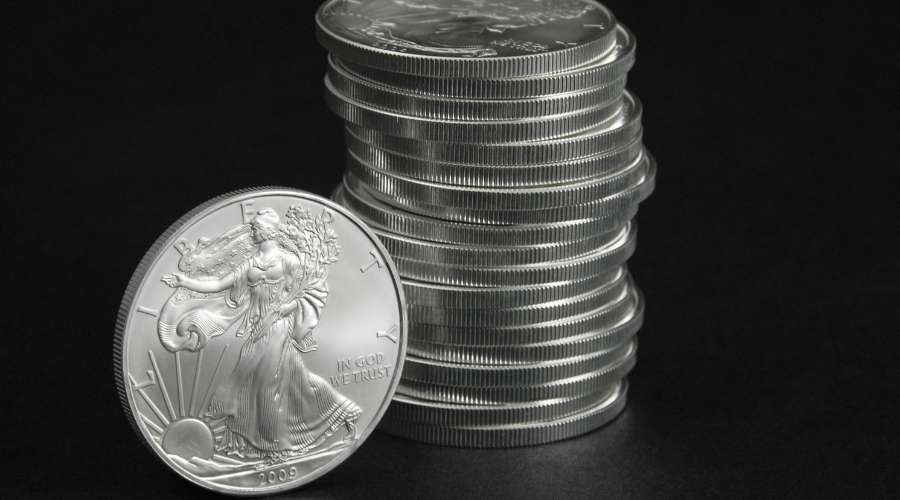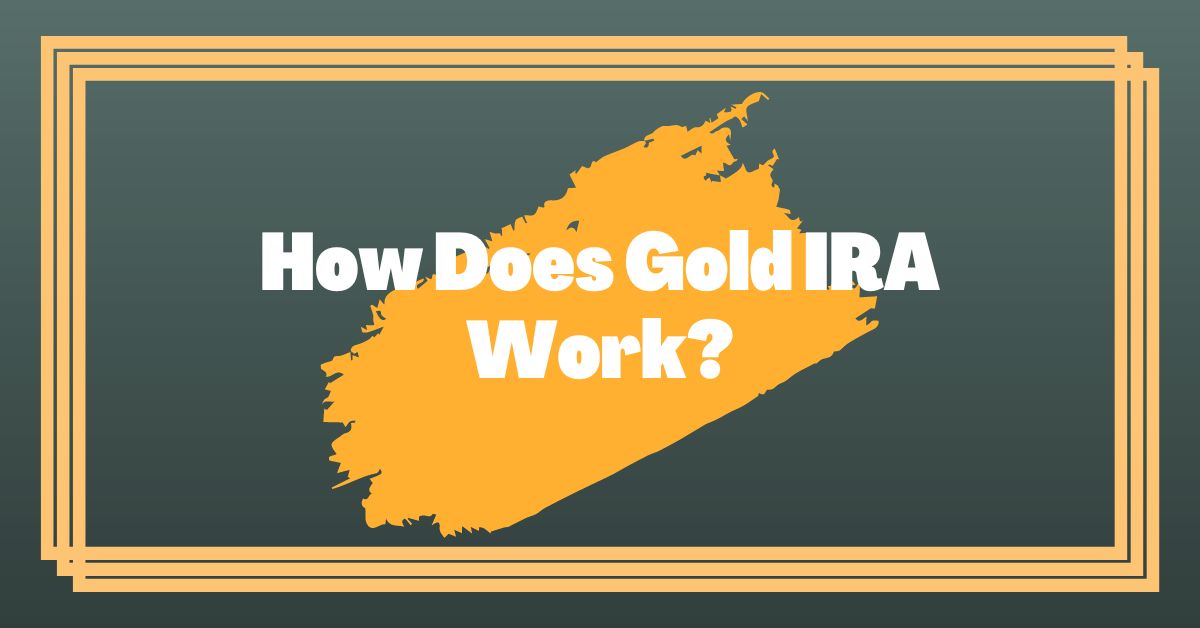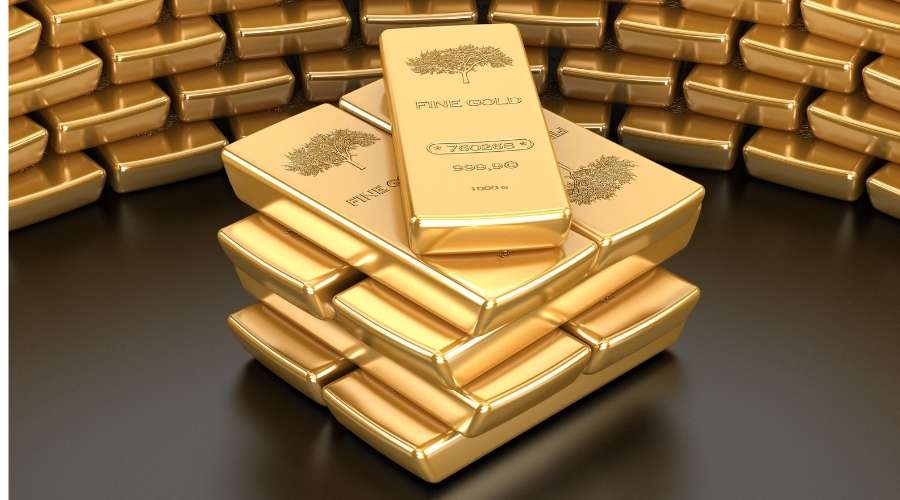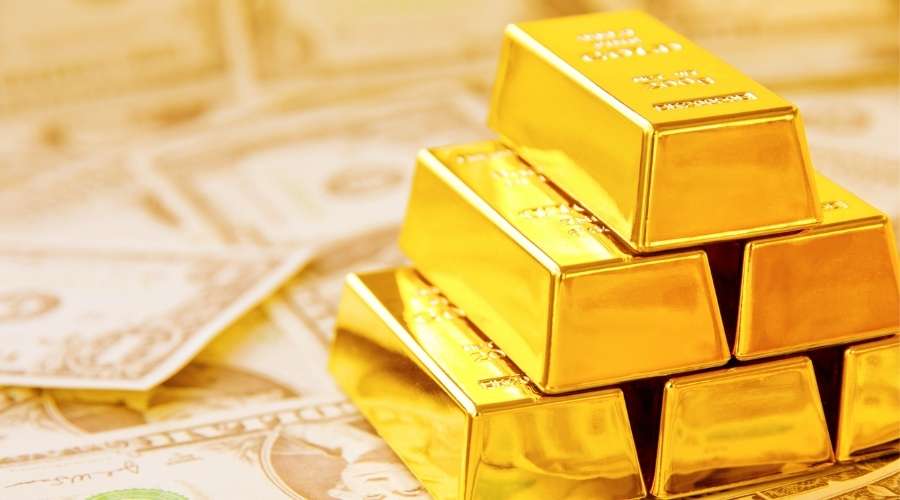For ages, precious metals like gold have been used by investors as a source of value and investment. They are used to diversify an investor’s portfolio and are frequently seen as a safeguard against political and economic unrest. This article will examine the history of capitalizing on precious metals from prehistoric periods.
Ancient Times: Gold & Silver Used as Money
The earliest evidence of precious metals being used as money dates back to 600 BC. This began with the Lydians, who created coins out of electrum, a naturally occurring alloy composed mainly of gold and silver. These coins were then accepted in trade, and soon other civilizations adopted this practice.
Pharaoh Menes declared gold’s value around 3100 BC in ancient Egypt by stating, “One part of gold is equivalent to two and one-half portions of silver in value.” Later on, Darius, I established an 8.4g 95% pure gold coin equivalent to 20 silver coins at the time – giving rise to modern centralized monetary systems where the government had control over the minting of currency.
The Greeks, Carthaginians, and Romans also used gold coins for currency. The Roman Republic officially adopted gold and silver in 300 BC – leading to the creation of the Aureus coin 250 years later. Even after Rome’s fall, the Byzantine Empire continued using gold coins in Middle Ages.
The Middle Ages: Gold & Silver Used as Currency
During these periods, coins made of gold and silver were frequently used as a form of exchange throughout Europe. Particularly, early investors utilized the Venetian Ducat, the most widely used coin of the time, to buy goods from the East. The value of this coin was based on its gold purity and weight. It served as a medium of exchange for merchants throughout Europe until it went out of circulation in 1567.
The Norman conquerors who invaded England in 1066 also contributed to using precious metals as currency by introducing their version: the pound. This term referred to a pound of silver, still used today as Sterling.
By the 14th century, England had adopted gold as its main currency. This was represented by the Noble coin – a valuable and widely accepted form of money throughout Europe. Other prominent coins then were the Italian Florin and German Augustalis, introduced by Frederick II of the Roman Empire.
The Spanish Conquest: New World Gold Causes Economic Turmoil
The Spanish Conquest of the Americas in the 16th century profoundly impacted precious metals investments. The conquistadors returned to Spain with vast amounts of gold and silver, which caused massive inflation in Europe. This became known as the “price revolution” and doubled prices by 1560, only decades after the Spanish colonization of Peru and Mexico began.
The influx of American bullion put major pressure on the Spanish economy and caused further financial problems due to the costs of maintaining an empire so far away from Spain. The Casa de Contratacion was established to collect taxes but soon became bogged down in bureaucracy. This added additional strain on home resources, ultimately leading to Spain’s decline.
Modern Times: Gold & Silver As A Safe Investment
The modern era has seen gold and silver become increasingly popular as a safe investment option, with many stockholders choosing to diversify their portfolios by including them. President Nixon’s decision to withdraw the US from the gold standard in 1971 instigated a surge in investors looking to hedgerow their investments in precious metals. Companies like Gold Avenue are popping up all over the place.
ETFs for gold and silver first emerged from the index investing phenomenon in the late 1990s and have gained admiration among stockholders since then. These make investing in gold or silver more reachable by enabling investors to do so without actually possessing the metal. Introducing digital currencies like Bitcoin has also been a game-changer in the precious metals investment market. It is nowadays likely to purchase and sell gold or silver using these new digital assets, making them a viable alternative to traditional investments.
In addition, economic uncertainties like the closure of banks and high inflation due to Covid 19 have led many investors to move toward gold and silver as safe assets. This is because gold and silver have long-term value and are in limited supply, making them ideal investments to protect against a recession or economic downturn. Notably, the pandemic-induced price increases have augmented investors’ interest in gold, making it a smart investment during uncertain periods.
Conclusion
For centuries, precious metals such as gold and silver have been used as currency from ancient civilizations throughout medieval Europe until modern eras. They are often viewed as a safe investment due to their capacity to protect investors against economic risk and political uproar, making many people throughout history invest in these assets for financial security.
Today there are numerous ways of getting exposure to these markets, including ETFs which give individuals access with less capital outlay than physical ownership would require. In addition, recent happenings such as the Covid-19 epidemic have increased gold and silver investments as stakeholders look for a haven asset.
Checkout companies like Gold Avenue if you are looking to make an investment.








